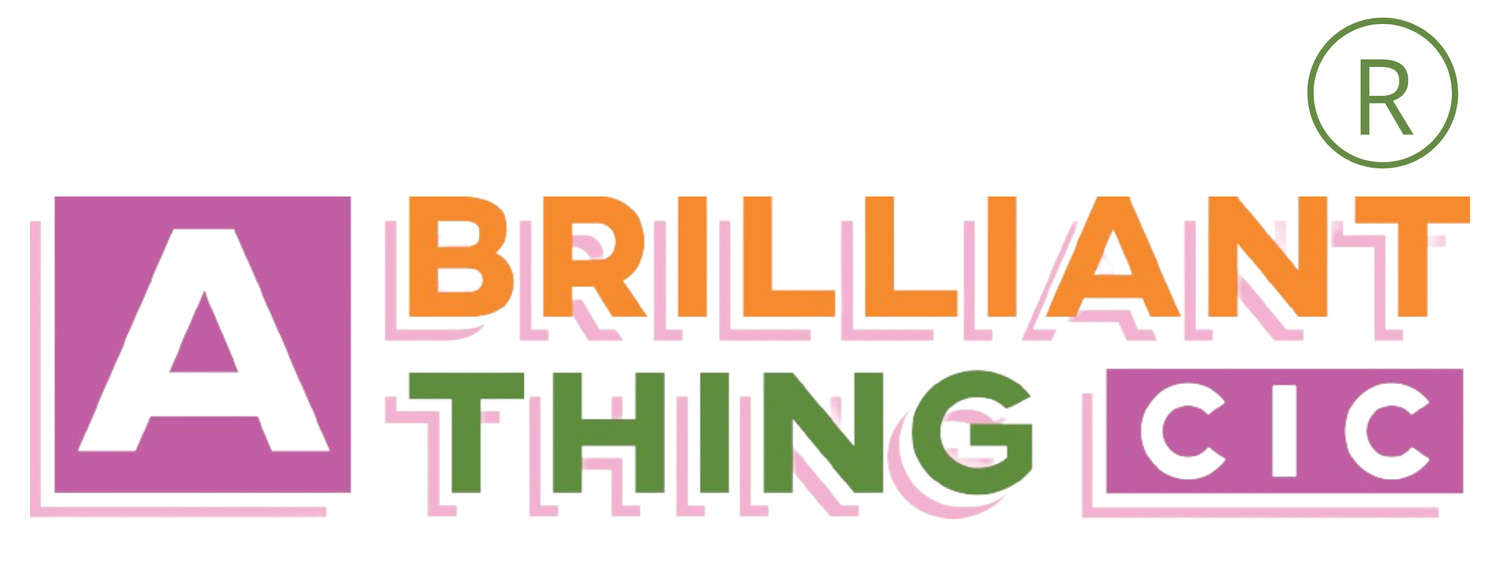Solve or Dissolve?
Mulching through a leaf-heavy path, footsteps softening into muddy smears under the mist of a British summer morning, I listened to Arash Golnam, a systems thinker and learning designer, describe how to dissolve a problem.
He focused on learning, and the pandemic problem of students cheating during unsupervised examinations. Golnam described a linear ‘solution’ to this problem that had been developed, a piece of software that blocked students from opening new tabs, so they couldn’t google answers. This ‘solution’ of course, became useless when the student pulled out their phone.
Another way?
What if students were tested on their ability to research, consider and formulate opinions (essential components of learning)? In this scenario the ‘cheating’ of online research becomes a capability, and the original challenge- how do we stop students cheating- dissolves into a multifaceted exploration of the purpose of education.
This new approach may open up thinking to consider what is it that the exam is testing, the ability to remember facts or the ability to learn. From there we can consider what is the purpose of education, to prepare for a job, a role in society, a custodian of facts, a thinker? Each of these purposes might lead us to design a different education system.
Systems thinking
This story illustrates systems thinking. Systems thinking brings together design, people, emotion, processes, approaches, vulnerabilities, tools and resources needed to see the big picture and illuminates the complexities that create it.
Though I’m a die-hard design thinking fan and love to lead a collaboration from challenge to solution, through a process of research, empathy, ideation, prototyping, testing and refining, I also love this idea of dissolving rather than solving,
What problems can be dissolved?
The exam challenge was specific and had a clear context (the pandemic). Could this approach work on more personal or nuanced problems? I wanted to test if I could find new ways to explore challenges by dissolving problems into new perceptions instead of linier solutions. I chose 2 test problems to work with, a life issue and a work issue.
a. Life problem: I am lonely while homeworking and I am in online meetings (with lots of people) all day so I value quiet time but miss real connection
b. Work problem: The approaches I find exciting (design thinking, systemic practice, creativity) seem scary or too complicated for some, and this is a barrier to engaging clients.
Unlocking thinking with questions
My instinct was to question the test problems and I was reminded of Nancy Kleins ‘Incisive questions’ in her book Time to Think. Alchemy for Managers describes an incisive question as one that removes a limiting assumption from your thinking so that you can think afresh. In the case of the test problems the key assumptions I was making are:
a. Loneliness is bad / connection means I lose my quiet time
b. I need to change to engage clients / people are not interested in the things that I am interested in
The useful incisive questions then could be:
a. Is quiet connected time possible? What would it be like?
b. If I knew that I could inspire curiosity and excitement what would I be doing?
Collecting and curating
I started to get excited about the possibilities hidden under these questions. I felt my thinking jump to solutions and was tempted to write the ‘answers’ down.
However my intuition told me that to fully dissolve the problem, I needed to move the thinking process out of my brain and into a more bodily, creative experience. I know that creative physical practices really help ideas land, stick and evolve for me.
I pulled on my boots and called the dog for another trek along the muddy path. This time I set myself the challenge of collecting items from my walk that represented ‘quiet connection’ or ‘curiosity and excitement’ to help curate my thoughts.
I arranged the items on the kitchen table, a bone dry-stick, a tangle of pink netting, a huge leaf, a patterned pottery fragment, a glint of glass washed by the river, a broken pebble. The objects themselves did not create new ideas, their curation on my table exhibition did not flex my thinking. The objects existed together purely because of the meaning I placed on them and wrapped around them. I turned over the pebble and flipped my thinking, without meaning this collection would not exist.
Dissolve into
The word dissolve has Latin origins meaning to loosen. My thinking and perceptions around the test problems had loosened, relaxed, become more fluid. I could see the subtle shift in my need for connection to infuse through my day, bringing quiet shared contemplation rather than solving the problem by increasing my social activity. I could consider a myriad of ways I could develop this type of connection, then consider the meaning of my daily activities and how close or far away from this need they are.
I opened a door of possibility to change and could adapt the systems and beliefs I had constructed around me.
This thinking melted into the second test problem; the goal of getting more clients now seemed a flimsy veil over a richer purpose. Sharing the excitement in discovering how our patterns, our thinking, our complexities, our systems can be shaped to make new, significant things that make a difference in the world and transform our experiences, fills me with a joy that a linear solution (that might have looked like a new marketing plan) could never do.
The word solution is still one that brings me comfort, a neat creation, an end point. But an undulating process of identifying, solving and dissolving into something else feels closer to the creative practice of discovery that underpins my work. I still haven’t found the word that completes the sentence dissolve into… maybe that doesn’t matter.

